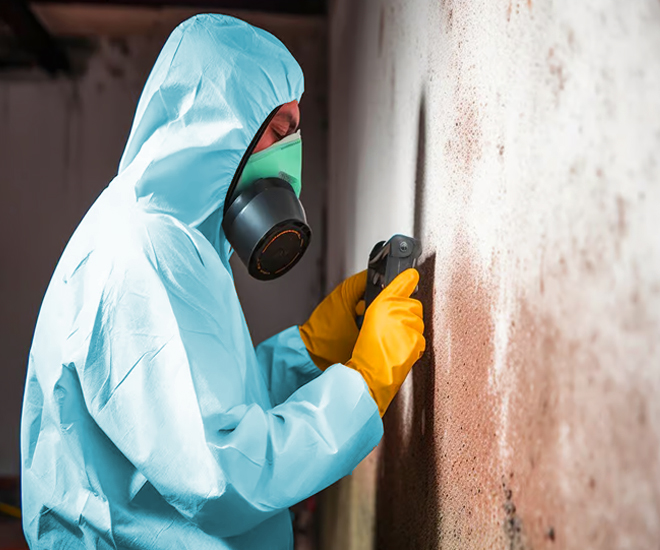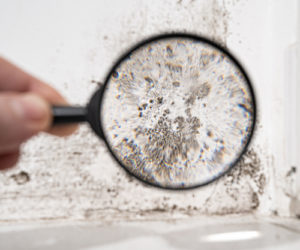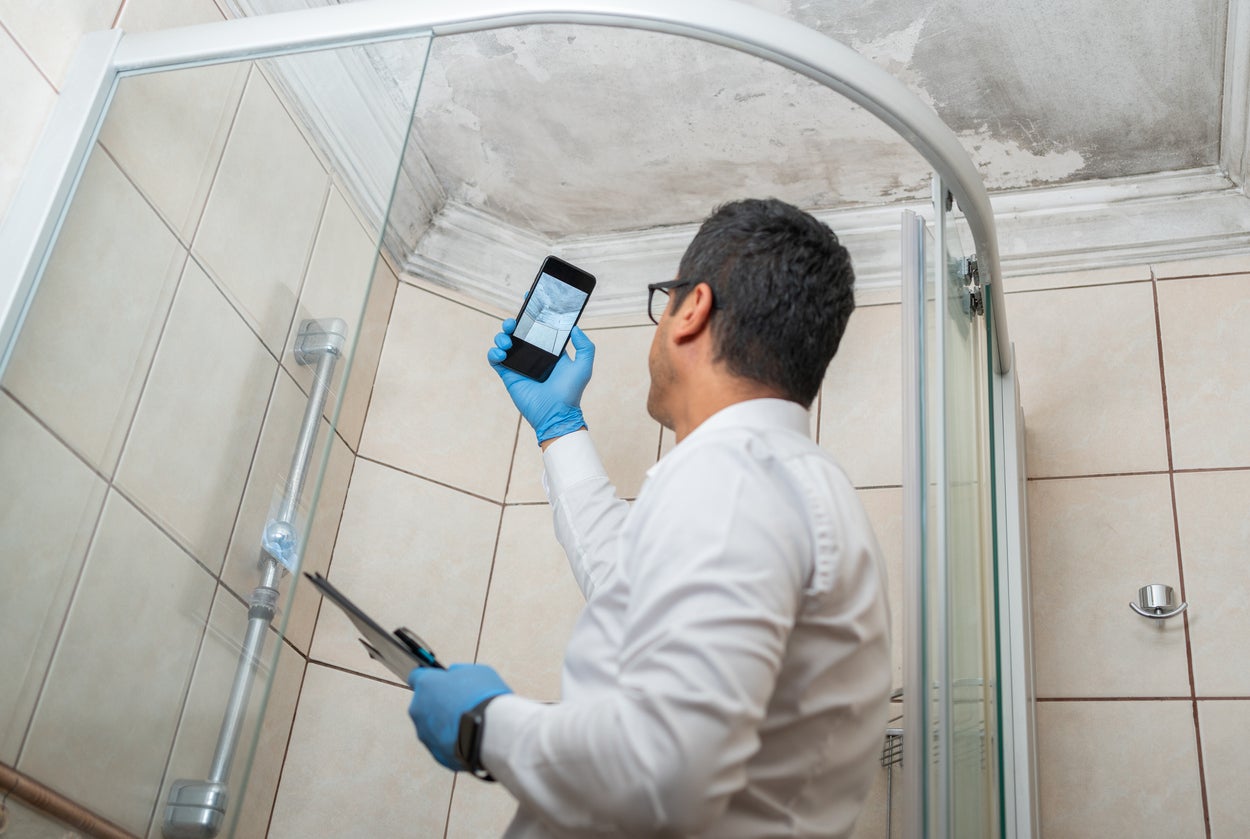After Mold Remediation Methods for Clean Areas
After Mold Remediation Methods for Clean Areas
Blog Article
Your Ultimate Guide to Post Mold Remediation Methods
Navigating the realm of post-mold remediation methods is a careful process that requires interest to detail and an extensive understanding of the ins and outs involved. In the aftermath of mold and mildew invasion, recognizing exactly how to successfully eliminate the mold and mildew and stop its reoccurrence is extremely important for keeping a healthy and balanced indoor environment. From choosing the appropriate cleaning and sanitizing approaches to executing strategies for long-term mold and mildew avoidance, each step in the remediation trip plays an important function in guaranteeing a successful result. As we get started on this exploration of post-mold remediation techniques, we will uncover the vital approaches and finest practices that can help you restore your space to its pre-mold problem and safeguard it against future mold and mildew dangers.
Comprehending Post-Mold Remediation Process
After completing the mold and mildew removal procedure, it is essential to understand the post-mold removal strategies that are essential to make sure a efficient and detailed clean-up. Once the mold and mildew has actually been eliminated, the following action entails cleaning and disinfecting the impacted locations to avoid any kind of regrowth of mold.
Moreover, carrying out a last inspection post-remediation is vital to make sure that all mold and mildew has actually been effectively gotten rid of. This examination must entail a comprehensive aesthetic check along with possibly air sampling to confirm the lack of mold spores airborne. Added removal may be necessary if the assessment discloses any type of sticking around mold. Lastly, enlightening occupants on precautionary actions such as managing dampness degrees and immediately attending to any type of water leakages can aid keep a mold-free environment.
Efficient Cleansing and Sanitizing Approaches

Avoiding Future Mold Growth

Relevance of Proper Ventilation
Appropriate air flow plays a critical duty in preventing moisture build-up, a crucial consider mold growth within interior settings. Effective air flow systems help remove excess moisture from the air, decreasing the opportunities of mold and mildew spores locating the dampness they require to sprout and spread out. Without ample ventilation, interior spaces can become a breeding ground for mold, bring about possible health and wellness threats and architectural damage.
By ensuring proper air circulation, air flow systems can likewise help in drying out damp locations quicker after water damage or flooding incidents, even more discouraging mold growth. Post Mold remediation cleaning. Precede like bathrooms, attics, basements, and kitchens where moisture degrees have a tendency to be higher, setting up and keeping reliable ventilation systems is vital in avoiding mold and mildew problems

Tracking and Upkeep Tips
Provided the important duty that proper ventilation plays in avoiding mold development, it is necessary to develop reliable monitoring and maintenance tips to make sure the continued capability of air flow systems. Routine evaluations of air flow systems need to be conducted to look for any indications of clogs, leaks, or malfunctions that might hamper correct air movement. Monitoring humidity levels within the home is also essential, as try this website high moisture can add to mold and mildew development. Mounting a hygrometer can help track moisture levels and sharp house owners to any spikes that may call for interest. In addition, making certain that air filters are regularly cleaned up or replaced is necessary for preserving the efficiency of the air flow system. Executing a timetable for routine maintenance tasks, such as air duct cleansing and heating and cooling system evaluations, can help stop issues prior to they intensify. By staying mindful and positive to the condition of air flow systems, homeowner can efficiently minimize the risk of mold regrowth and keep a healthy interior environment.
Conclusion
To conclude, post-mold remediation strategies are essential for making sure a clean and risk-free atmosphere. Comprehending the procedure, implementing efficient cleansing and disinfecting methods, that site stopping future mold and mildew development, maintaining proper ventilation, and regular monitoring are all important actions in the removal procedure. By following these guidelines, you can effectively get rid of mold and mildew and prevent its return, promoting a healthy living or working space for all passengers.
In the aftermath of mold and mildew problem, recognizing how to effectively eliminate the mold and avoid its reoccurrence is extremely important for preserving a healthy indoor atmosphere. As soon as the mold has been gotten rid of, the following step entails cleansing and sanitizing the impacted locations to protect against any type of regrowth of mold and mildew - testing air quality after mold remediation. After eliminating visible mold development, it is essential to cleanse all surface areas in the affected location to eliminate any continuing to be mold spores. To even more improve mold and mildew prevention measures, it is vital to address underlying problems that initially led to mold and mildew growth.Provided the critical my site role that appropriate air flow plays in protecting against mold growth, it is critical to develop effective monitoring and maintenance ideas to make sure the ongoing capability of ventilation systems
Report this page